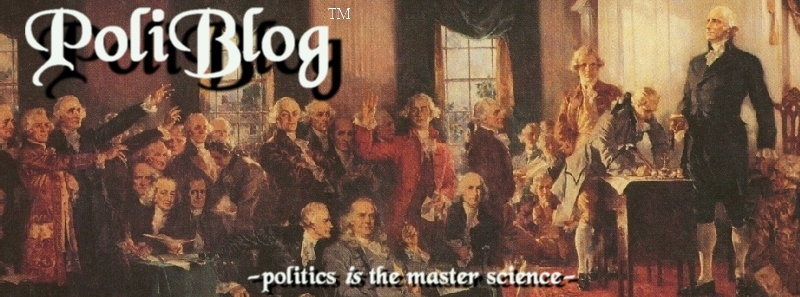Following the LAT, the NYT (Fear Exceeded Crime’s Reality in New Orleans) is joining the chorus of stories noting that the reporting of utter chaos in post-Katrina New Orleans was over the top and misleading (if not mythical). I would note that the tone of this story strikes me a a bit more cautious in terms of criticizing the media-driven hyperbole than the LAT story.
After the storm came the siege. In the days after Hurricane Katrina, terror from crimes seen and unseen, real and rumored, gripped New Orleans. The fears changed troop deployments, delayed medical evacuations, drove police officers to quit, grounded helicopters. Edwin P. Compass III, the police superintendent, said that tourists - the core of the city’s economy - were being robbed and raped on streets that had slid into anarchy.The mass misery in the city’s two unlit and uncooled primary shelters, the convention center and the Superdome, was compounded, officials said, by gangs that were raping women and children.
A month later, a review of the available evidence now shows that some, though not all, of the most alarming stories that coursed through the city appear to be little more than figments of frightened imaginations, the product of chaotic circumstances that included no reliable communications, and perhaps the residue of the longstanding raw relations between some police officers and members of the public.
[..]
What became clear is that the rumor of crime, as much as the reality of the public disorder, often played a powerful role in the emergency response. A team of paramedics was barred from entering Slidell, across Lake Pontchartrain from New Orleans, for nearly 10 hours based on a state trooper’s report that a mob of armed, marauding people had commandeered boats. It turned out to be two men escaping from their flooded streets, said Farol Champlin, a paramedic with the Acadian Ambulance Company.
On another occasion, the company’s ambulances were locked down after word came that a firehouse in Covington had been looted by armed robbers of all its water - a report that proved totally untrue, said Aaron Labatt, another paramedic.
What strikes me is that this all comports with some comments I made in the midst of the coverage (here) wherein I noted that reporting stories of extreme violence, often without adequate evidence, was hindering the relief effort. Some commenters disputed my assessment, but it would appear I had a point:
Faced with reports that 400 to 500 armed looters were advancing on the town of Westwego, two police officers quit on the spot. The looters never appeared, said the Westwego police chief, Dwayne Munch.“Rumors could tear down an entire army,” Chief Munch said.
During six days when the Superdome was used as a shelter, the head of the New Orleans Police Department’s sex crimes unit, Lt. David Benelli, said he and his officers lived inside the dome and ran down every rumor of rape or atrocity. In the end, they made two arrests for attempted sexual assault, and concluded that the other attacks had not happened.
Specifically, I was especially struck at the time that the cable coverage was rife with reports of a Hobbesesque state of nature within New Orleans while simultaneously criticizing relief workers for not rushing into the city. At the time I maintained that the press coverage was actually contributing to the slow response that they were also vehemently criticizing.
As with assessments of the responses by government and private organizations, I think that the magnitude of the events have to be taken into consideration in criticizing media coverage. Still, I do think that some self-assessment needs to be undertaken here–especially by cable news. The coverage underscored the current manner in which 24/7 cable coverage (especially when covering a live event) weakens or entirely tosses rules of evidence. I like getting information as quickly as possible more than most people (it’s my bloggin’ nature) but gee whiz, rumor should not be presented as news–especially when such rumors can lead to serious real world consequences.




